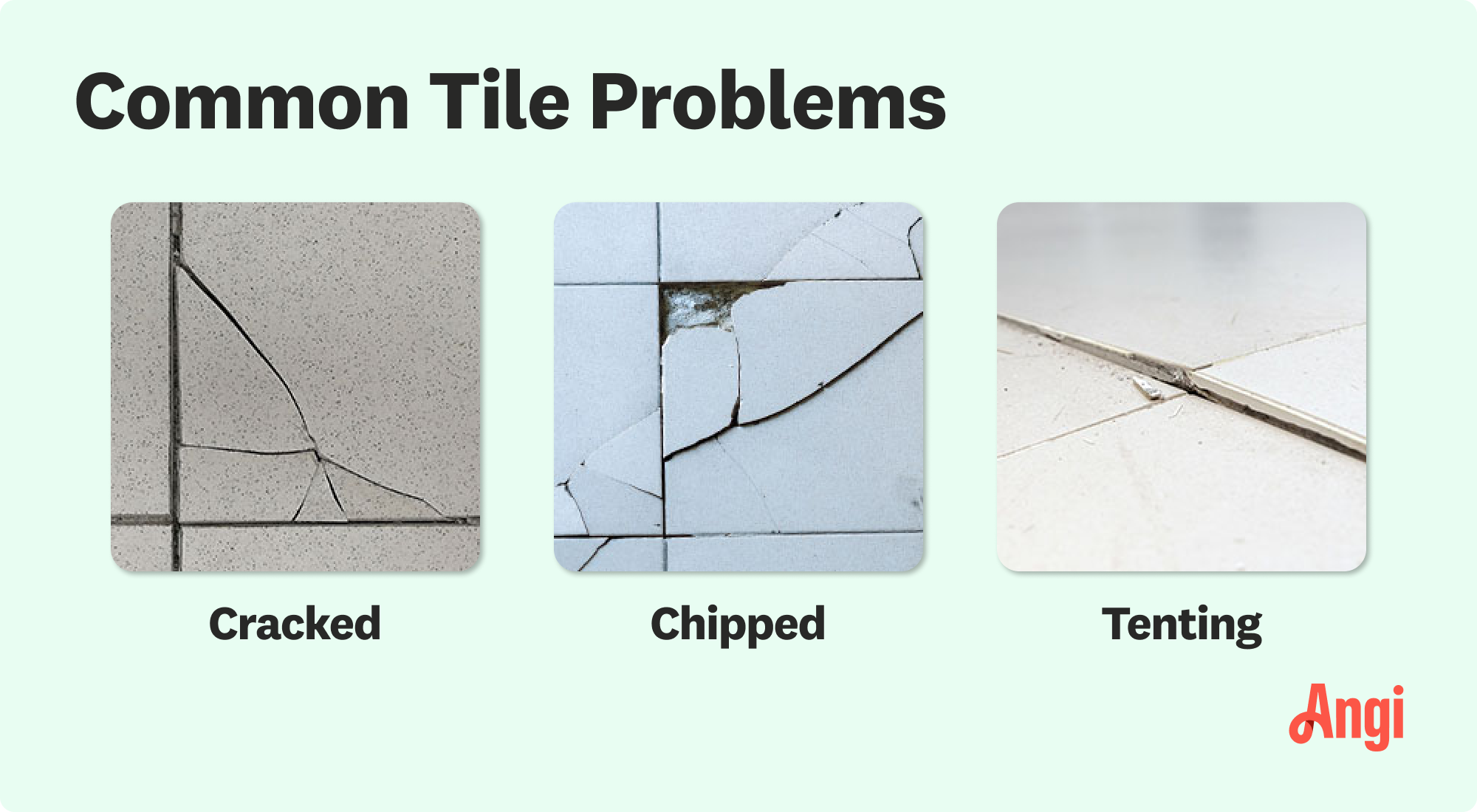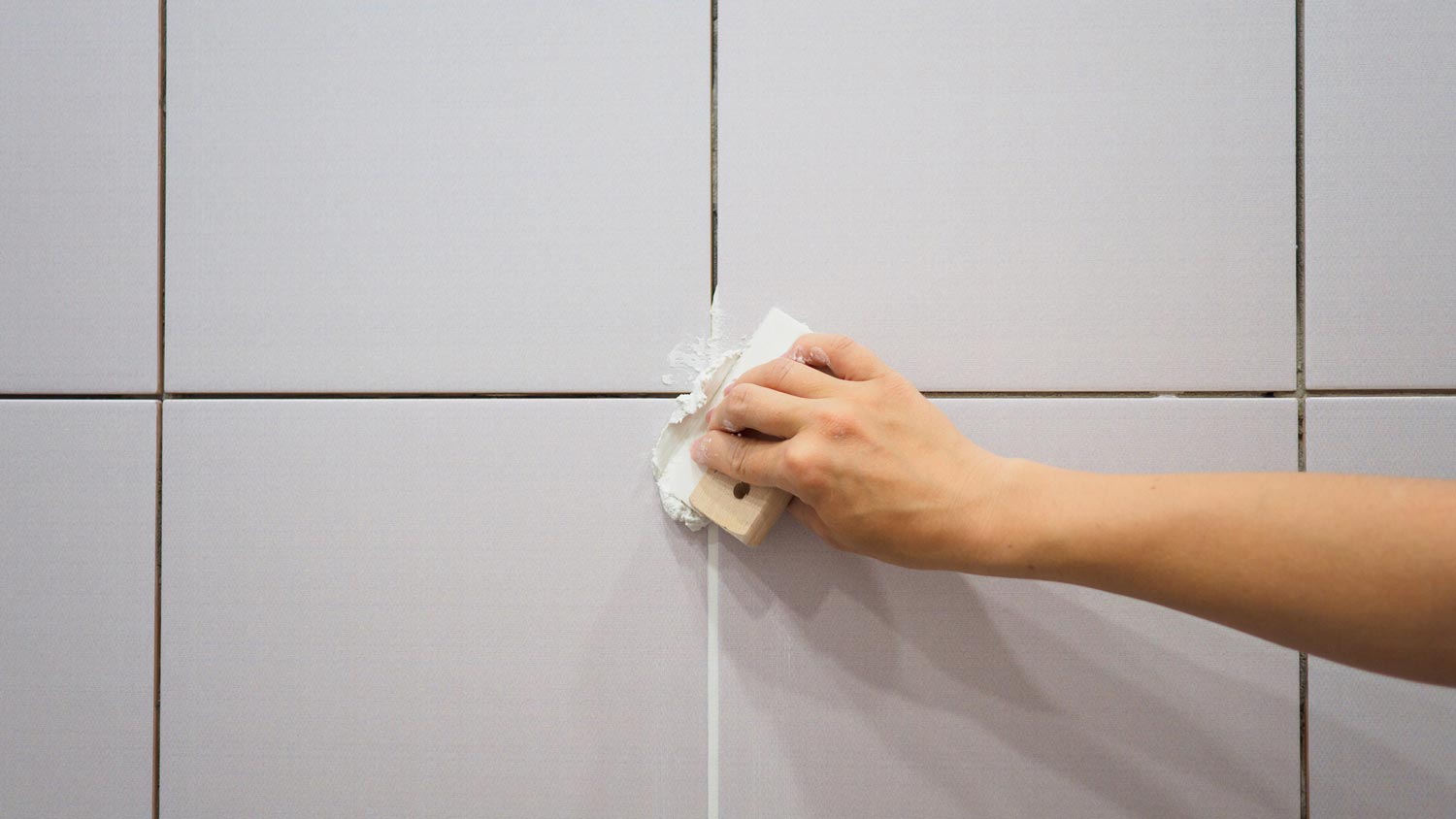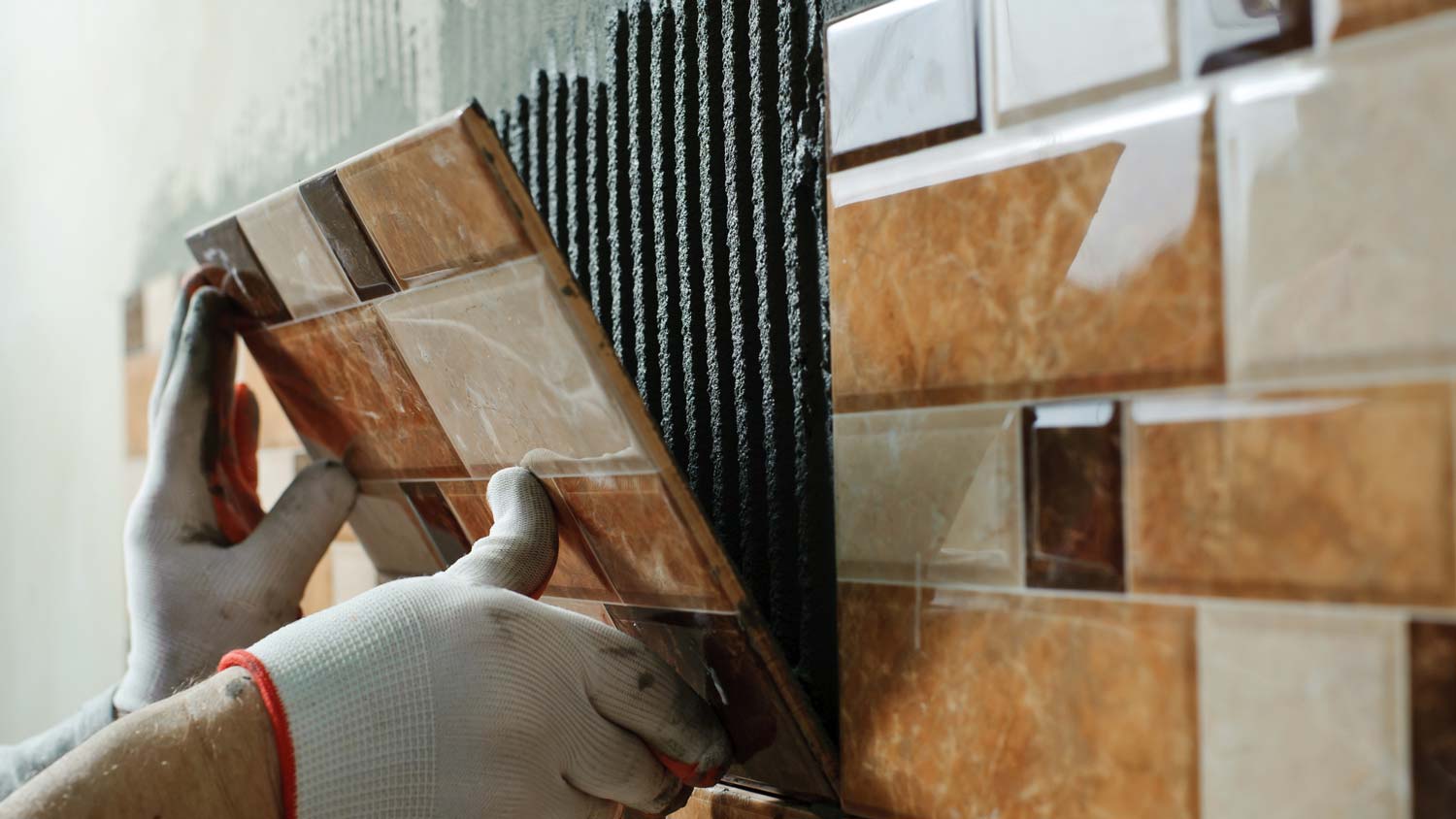
Whether it’s on your floor, walls, or shower, ceramic tile can add style to your space. So, how much does ceramic tile installation cost? Let’s break it down.
Your tile job will last longer if you don’t rush this step


In general, you need to wait 24 to 48 hours after installing tile before you can grout.
Grouting too soon can cause many issues from tile damage to mold.
If you’re crunched for time, use quick-set mortar.
You’re admiring your freshly-laid tiles, and you’re eager to grout and be done with the project. But if you’re wondering how soon you can grout tile, be aware that rushing things can cause major problems. Here’s what happens if you grout tile too soon, plus tips for a long-lasting tile job.
If you don’t allow the mortar to cure thoroughly before you start grouting, your tiles may dislodge or move around down the road, leading to uneven surfaces. You might even have tiles that fall off the wall. This can be hazardous, especially if you have young children or pets.

When you grout too soon, you may end up with damaged tiles, especially cracked tiles. Not only do cracks look unsightly, they can also allow water to seep underneath the tiles, potentially resulting in mold and water damage.
Waiting the right amount of time for your mortar to cure will help you avoid mold issues. This is because wet mortar has moisture. So if you grout your tiles too soon, you end up trapping the moisture from the mortar, which can lead to mold and other problems.

You might end up with discolored grout as a result of grouting too soon. This can also happen if you don’t seal the grout or if you don’t install the grout properly.
Whatever the reason, discolored grout is very unpleasant to look at, especially if you have lighter-colored grout. The discolored parts can be a darker shade, which makes the grout look dirty even if it’s clean.
You may notice grout problems down the road if you install it too soon. This includes cracking or shrinking grout, both of which require the removal of the old grout and a fresh reinstallation. If you don’t fix grout problems, you may have bigger issues down the road, including cracked tiles.
To avoid all of the possible issues from grouting too soon, you should always make sure to allow the mortar to cure thoroughly first.
Know that traditional mortar takes 24 to 72 hours to fully dry.
Consider getting quick-set mortar, which can dry in as little as six hours.
Take humidity into account. Mortar needs more time to dry in humid conditions.
Don’t assume all the mortar is dry when the edges look dry.
Lightly knock on the corners when you think the mortar is dry. Fully dry mortar will create a solid sound, not a hollow one.
Since tile installation costs $2,000 on average, be patient and wait for the mortar to set to avoid the headache of a reinstallation.

There are some things you can do to try to speed up your mortar curing time.
The easiest way to do this is to use quick-set mortar. Some products boast short curing times of only two to six hours.
Otherwise, you may be able to speed up the curing time with the following techniques:
Run a dehumidifier in the room
Increase airflow by opening windows and doors (if the weather is dry)
Use a notched trowel for even mortar installation
When mixing the mortar, use cool water
The best way to “speed up” drying time is for you not to have to deal with it at all. Mortar is messy and complicated to get right. Consider letting a tile pro near you do all the dirty work while you sit back and relax.
In addition to allowing your mortar to properly cure, here are some tips for a successful grouting job:
Use the right tiling tools for your job.
Don’t walk on the tile before installing the grout.
Slake the grout (let it sit) for 15 minutes after mixing and before using.
Focus on small areas and don’t install too much grout at a time.
Allow the grout to thoroughly dry, 24 to 72 hours depending on the type.
From average costs to expert advice, get all the answers you need to get your job done.

Whether it’s on your floor, walls, or shower, ceramic tile can add style to your space. So, how much does ceramic tile installation cost? Let’s break it down.

Discover the average cost of grout repair, key price factors, and tips to save. Get expert advice to plan your grout repair project with confidence.

Discover the cost to regrout shower, including average prices, key cost factors, and tips to help you budget for a fresh, watertight shower.

Remodel your bathroom by adding a shower enclosure or upgrading your bathing situation. Learn how to tile a tub surround properly with these simple steps.

If you’re wondering how long it takes for grout to dry, our guide has the answers. Letting grout dry and cure completely ensures a long-lasting tile job.

Whether your floor has a small crack or some serious damage, this guide will help you know when you can make repairs or if you need a full tile floor replacement.